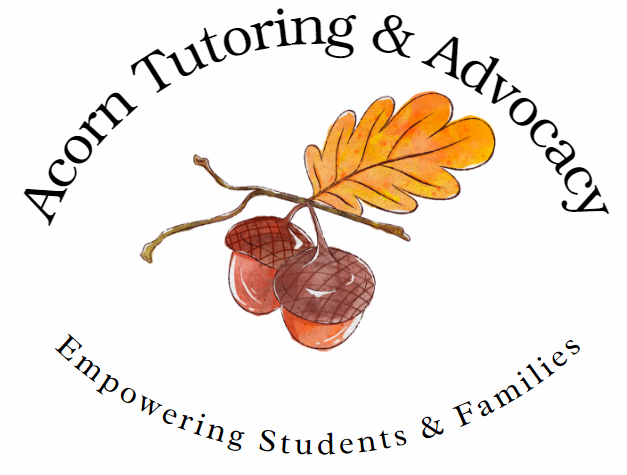Did you know that, in Massachusetts, your child’s IEP starts planning for their future adult life as early as age 3? That might sound overwhelming, but it’s actually a gamechanger. Thanks to the Student and Team Vision section, even preschoolers can have a say in their goals, and the IEP Team is required to respond.
This section isn’t just a formality—it’s a powerful tool that lays the foundation for your child’s education and long-term success. While it may seem early to think about post-secondary plans, the decisions made in your child’s first IEP—like curriculum modifications and placement—will shape their access to future opportunities. Here’s how you can use the Student and Team Vision to ensure your child’s IEP truly supports their dreams.
What is Included in the Student Vision?
In the new IEP, students are guided through age-appropriate prompts to help them identify their future goals. These prompts evolve as they grow:
- Ages 3-13: Students are asked what they want to learn this year and what they hope to accomplish by the end of elementary or middle school.
- Age 14 and beyond: Since Massachusetts officially begins transition planning at age 14, the vision section expands to include high school goals, as well as post-secondary plans for education, employment, and independent living.
Most importantly, the new IEP requires the Team to directly respond to the student’s vision—not just for the current year, but for the next five years. This ensures that both the student’s personal goals and the Team’s collective goals are considered, shaping an IEP that truly supports their long-term success.
Why Does This Section Matter?
The Student & Team Vision section ensures that the IEP isn’t just about the present—it’s built with your child’s future in mind. Every goal, service, and support should connect to their long-term aspirations as much as possible.
As the Team develops their response to the student’s vision, they should consider the child’s current strengths and how to help bridge the gaps to get the student to where they want to go. With the student’s goals in mind, the Team can create a comprehensive plan utilizing all service providers and resources.
Now that you understand why this section is so important, let’s talk about how you can prepare to ensure your child’s vision is clearly reflected in the IEP.
How to Prepare for this Section of the IEP
Your child’s vision is the priority, but as their parent, your perspective matters too! You can prepare your own vision statement before the IEP meeting to make sure your hopes are included.
To make the most of this section, consider the following:
- What are my child’s greatest strengths and skills? How can the IEP build on these areas?
- What do I hope my child accomplishes in the future?
- What are the most important skills my child needs to learn to get them there?
Do’s and Don’ts as You Prepare for the Meeting
- Do talk to your child before the meeting. While their teacher will likely ask about their vision, hearing it firsthand from them will give you insight into their dreams and goals.
- Do be specific. It’s not enough to say you want your child to be successful -define what success means for your child. There’s a huge range for this in special education. One child’s success is going to college, and another’s is learning how to get dressed independently. Each of these goals is equally valid, and the individualized nature of the IEP can support every student’s goals.
- Do consider both strengths and challenges. Your child’s future goals should be driven by their strengths and interests, but they should also work to remediate any deficits that could get in the way.
- Don’t dismiss your child’s ideas, no matter how unrealistic they may seem.
But What If My 3-Year-Old Wants to be a Unicorn?
Unrealistic or impossible goals are common in young children. Who didn’t want to be a superhero or a princess when they were little? But those goals still add value to your child’s vision. Here’s how:
- Ask your child why they have this goal. Chances are, they have a very good reason. Maybe the unicorn in their favorite book is brave.
- Consider the underlying factors. What is it about this character or creature that your child connects to? Is it a strength or goal they share? Or is it a challenge your child wishes they could overcome?
By considering the reasoning behind your child’s goals, you ensure that their voice is still a valuable part of the IEP process. This teaches them that, even at a very early age, they deserve to have a say in their education.
Do you have questions about the Student & Team Vision section? Drop them in the comments—I’d love to help! And if you’re looking for a step-by-step guide (with real examples and templates), stay tuned for my upcoming ebook!
